By Hedy Korbee
A political showdown appears to be looming in southwest Scarborough between veteran city councillors Gary Crawford and Michelle Holland, who both support the provincial government’s controversial plan to cut Toronto City Council from 47 members to 25.
The Ford government’s decision to use provincial and federal boundaries for the upcoming municipal election means that Wards 35 and 36 would be amalgamated, forcing Crawford and Holland into a runoff along with any new candidates who want to challenge them.
Both sitting councillors said they’re in favour of reducing the size of council because it will make governing the city more efficient and give Scarborough a stronger voice at city hall. They are not happy, however, that the change was imposed on the city without notice or consultation.
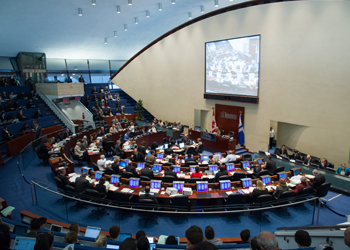 In an interview with Birch Cliff News, Crawford said city council is dysfunctional and reducing the number of councillors will make it more effective and save money at the same time.
In an interview with Birch Cliff News, Crawford said city council is dysfunctional and reducing the number of councillors will make it more effective and save money at the same time.
“A council meeting costs on average about $100,000 in staff (time) and I don’t think we need to spend an inordinate amount of time debating issues back and forth,” Crawford said. “I’ve seen it myself where you’ll see a debate going on all day on a particular item. We’ll have questions and debates back and forth and when the vote comes at the end of eight, nine, ten hours it has unanimous support. Why are we spending all this time and energy down there?”
As one example, Crawford cited downtown councillors who are still trying to repeal the decision to build a Scarborough subway, first approved by city council in 2013 and reaffirmed in March 2017.
“We have been putting together, as a city council, an integrated plan that benefits Scarborough. It includes the Eglinton LRT, it includes Smart Track and the extension of the Bloor-Danforth (line) to Scarborough Town Centre. My attitude is we need to just start building transit, period. This endless back and forth debating – we have to start building transit in Scarborough.”
Holland agrees that council will be more productive with 25 members and described it to Birch Cliff News as “divisive” and “very, very highly political”. She blamed councillors who feel the need to be heard on every single issue because they have an ego or want to grandstand.
Holland cited an example of a new housing development in Ward 35 where the residents wanted townhouses and were dealing with a supportive developer but the city planning department was pushing a 12-storey building. The residents’ wishes were approved by Scarborough Community Council but hit a stumbling block at full City Council when two downtown councillors forced a one-hour debate before passing the motion unanimously.
“I had actually gone around and spoken with all of the councillors and said this is coming forward, even the two people that were opposing it,” Holland said. “It had nothing to do with the issue, it was like ‘I’m just going to get you. I just want to hold it. I just want to meddle’. That’s what it’s become and unfortunately it’s these people that have made it unruly for everyone. There are a lot of amazing, sane good councillors at city hall but they’re not being heard.”
Another issue that concerns Crawford, who serves as the Budget Chief, is the large number of “notices of motions” moved by councillors during meetings, asking for staff to prepare reports on various issues. A recent example would be a motion on the feasibility of converting all of the city’s swimming pools from chlorine to salt water. Crawford said they’re sometimes called “newsletter motions” because they give councillors something to write in their communication with constituents.
“Those reports cost upwards of tens of thousands if not hundreds of thousands of dollars of staff time to implement and bring the fact that most of them come back and they say well this can’t be done that can’t be done,” Crawford said.
Governance review is required
Another point that Holland and Crawford agree upon is that reducing the number of councillors won’t solve all of the problems at city hall. They both said the City of Toronto needs a complete governance review.
Holland, who chairs Scarborough Community Council, said it’s unnecessary for stop signs, fence exemptions, tree removals and liquor licenses to be first approved by community councils and then proceed to full city council where they clog up the agenda.
“We get mired in these really long debates that maybe somebody has a different philosophical view on than what we decided at Scarborough Community Council. I think that the communities are inherently still different and that Scarborough still needs to retain its autonomy in its own decision making and that those decisions should be left at community council. I brought it to the mayor’s attention when I met him upon the election in 2014 and it never happened,” Holland said.
“We have not, aside from amalgamation, gone through any large reorganization,” Crawford noted. “I really believe that this is something that we need to do And it’s not just about bringing council from 44 down to 25. It’s looking at how do we how do we structure city council how do we structure the committees? We look at the community councils, Scarborough Community Council. I think there is an opportunity right now to look at the whole governance structure of city hall, making it more efficient. At the end of the day it’s about making better decisions.”
A stronger voice for Scarborough
Holland and Crawford are both pleased that Scarborough will have slightly stronger per capita representation on a smaller council, noting that Scarborough would have 6/25 councillors in the new configuration (24%) versus the planned 10/47 councillors (21.3%).
Crawford said he hopes a smaller council will change the dynamic where “Scarborough’s voice is challenged over and over on the floor of council” as he put it in a statement after the Ford government’s bombshell announcement.
“I mean you’d have less of the ruckus going on with the downtown councillors, interfering and intervening in issues that are out in Scarborough and in our wards, just for spite, just because it may not be in alignment with something that they view as what they would do downtown,” Holland said.
There has been much concern expressed throughout the city that councillors will now represent wards of approximately 109,000 constituents as opposed to 62,000 but neither Holland nor Crawford see this as an insurmountable problem. The assumption is that the offices will be amalgamated and that constituency staff will be doubled.
Unhappy with lack of notice or consultation
Although both Holland and Crawford support reducing the size of city council, they are decidedly unhappy with the way it was imposed without consultation in the middle of the election campaign.
“I’m shocked,” said Holland. “I don’t think it’s the right move. I don’t like the process whatsoever. I think that we should have waited until the next term and I said that publicly in my speech at council. (Skip to 2:41.55) If we’re forced to do it we have to make it as good as we can make it. We have to make sure that it’s fair and democratic.”
“How they have handled this is not been appropriate at all from my perspective,” Crawford said. “I am not impressed at all with how this came about very quickly without the proper consultation, without reaching out to the communities and getting their opinion and voicing their concerns.”
Crawford said he did not support a motion at council to launch a legal challenge because the city’s lawyers indicated that the province has the legislative authority to unilaterally impose change.
That’s not enough for Gerard Arbour, a Cliffside chiropractor and Scarborough Bluffs activist, who announced his candidacy for the new Ward 38 prior to the Ford announcement.
“They voted, both Councillor Holland and Councillor Crawford, to not even voice opposition or mount a legal challenge to this. So what they’re saying is this is not OK, but really it’s OK. That’s my way of viewing the way they voted for it. So the timing and how it’s done is not acceptable and they should have voiced that with their vote, in my opinion,” Arbour said.
Arbour is in a tough position now. He initially decided to run when it looked like Crawford would be making a bid for provincial politics, but that didn’t happen and now he’s running against not one incumbent but two.
“This is a tough uphill battle enough as a candidate. As a new candidate, I don’t have staff, I don’t have a manager, office staff. I don’t have the immediate ability to raise monies and things that. Yes it makes it a lot more uphill for sure and many of the new candidates feel like they’ve been thrown under the bus,” Arbour said.
Arbour said he will decide by Sept. 14 if he plans to run in the new, expanded ward.
What happens now?
On Friday, Mayor John Tory sent a letter to Premier Doug Ford urging him to allow the election to proceed as planned on Oct. 22 with 47 councillors and called on Ford to allow a referendum before any changes are implemented.
Meanwhile, a new candidate for council, Rocco Achampong, has applied for an injunction in Ontario Superior Court
City council will meet on August 20 to hear from the city solicitor on whether legal action is possible. The city clerk will also advise council whether it’s feasible to make the necessary procedural changes for the new ward boundaries and still hold the election on Oct. 22. The list of items submitted by the city clerk is long and includes redoing voting subdivisions, reviewing and revising new voting locations, generating a new voters’ list and implementing a communications plan for the public about the boundary changes.
“I’m still not sure if they can meet all the requirements and call it a fair and democratic election,” Holland said. And if the clerks deem it as (something they’re) unable to do then they will declare that they will not proceed forward on October 22nd. I’m curious to know if she declares that, if Doug Ford, the Premier, will then change the date.


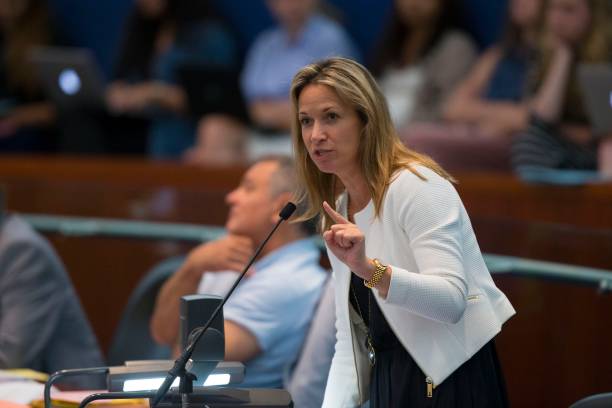
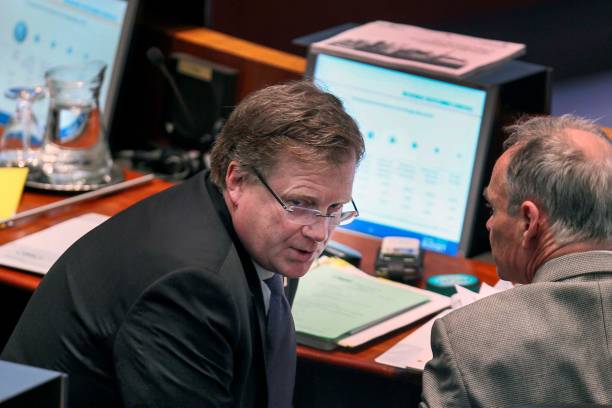
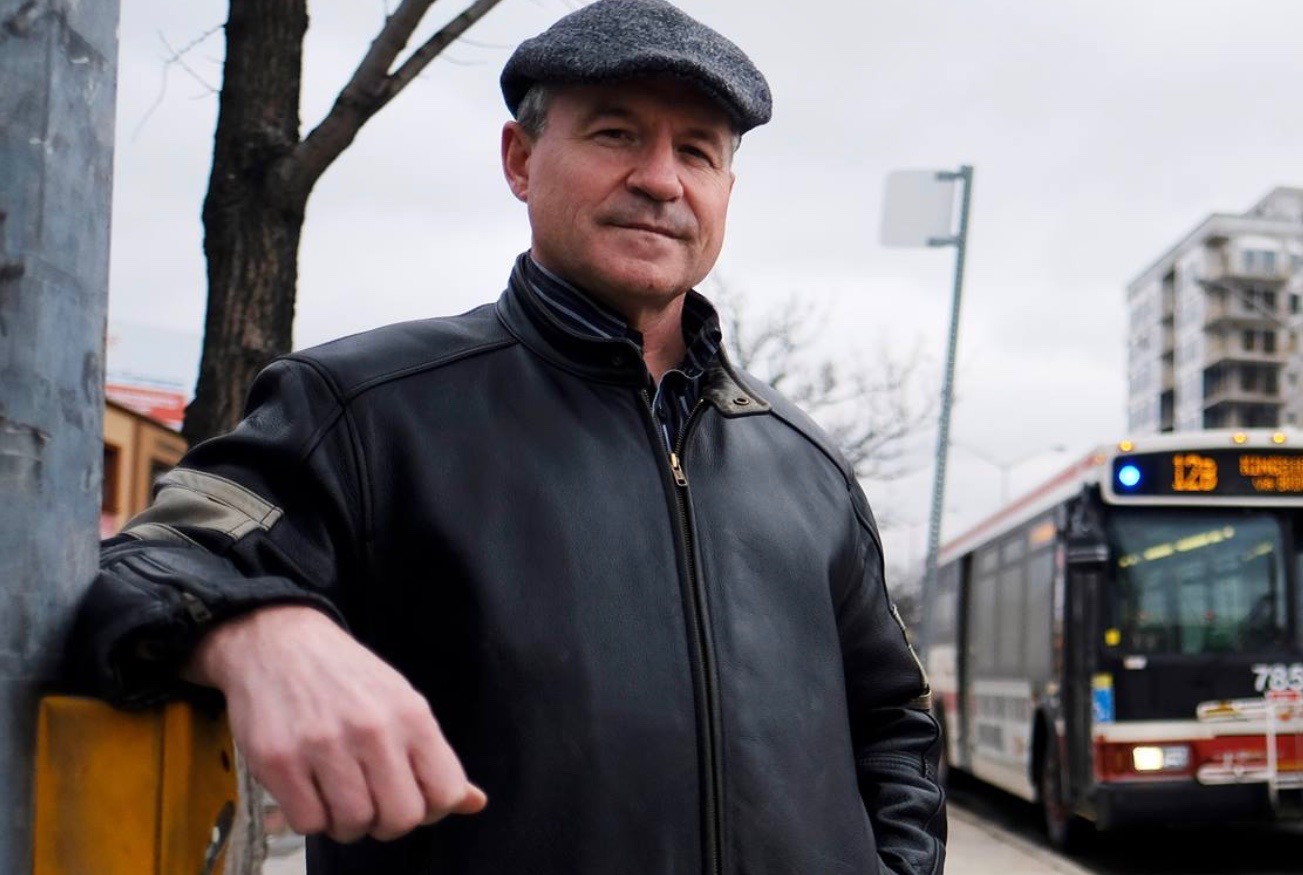

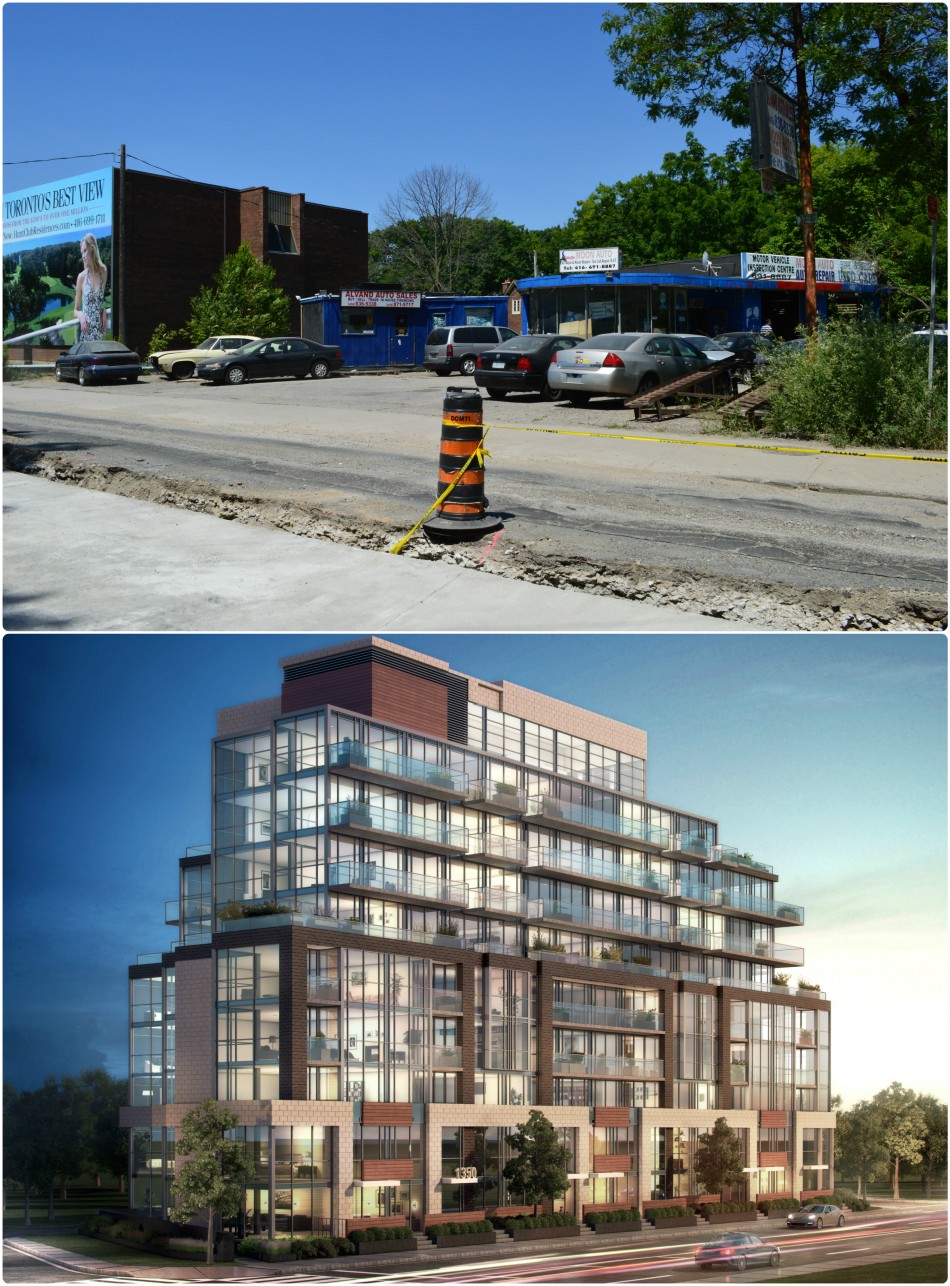
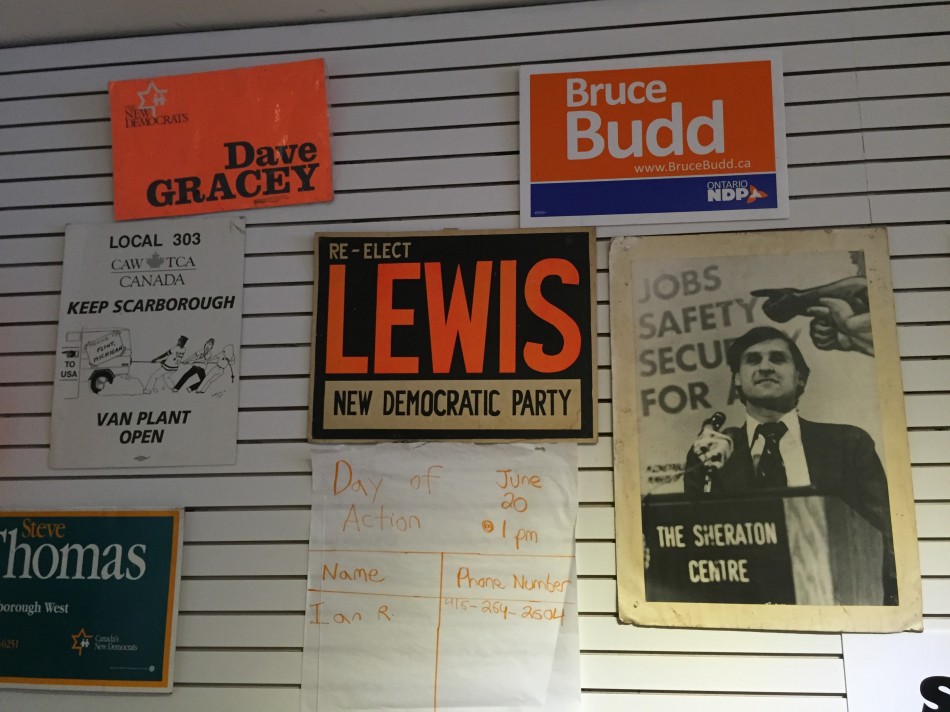
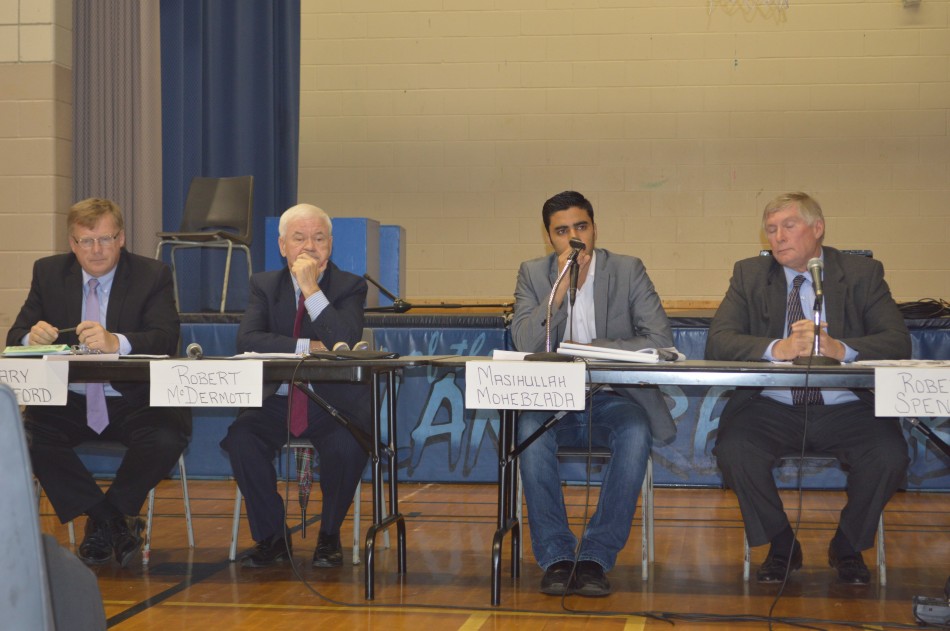



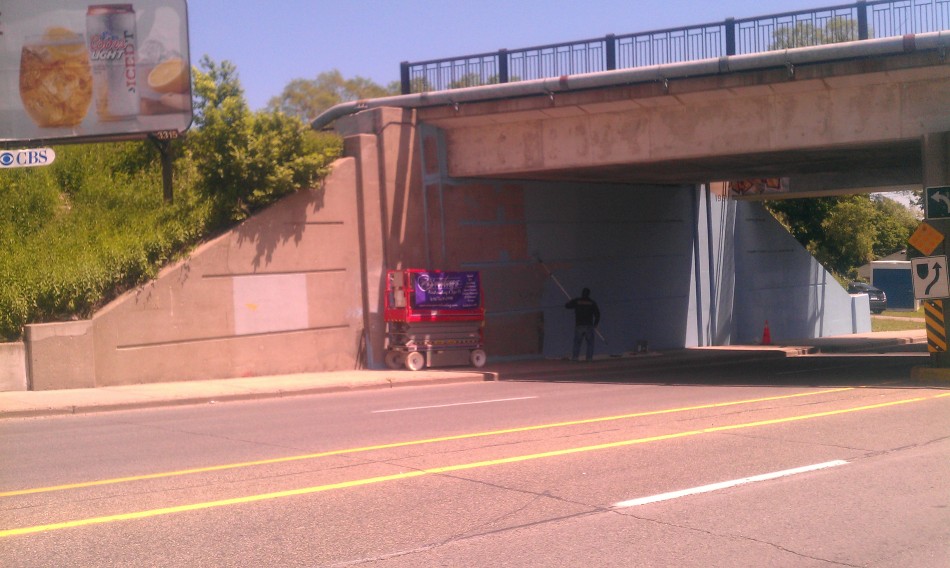

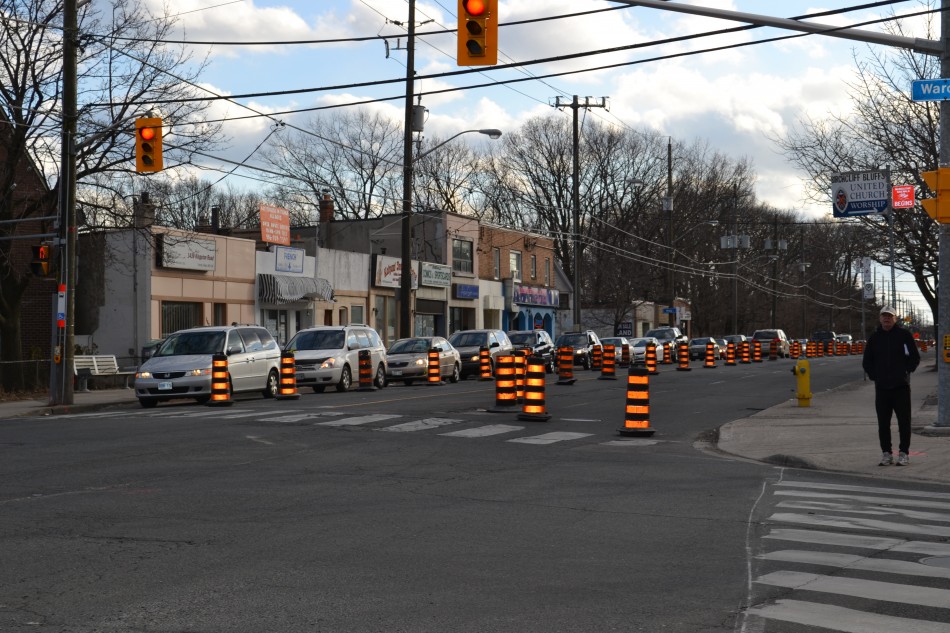
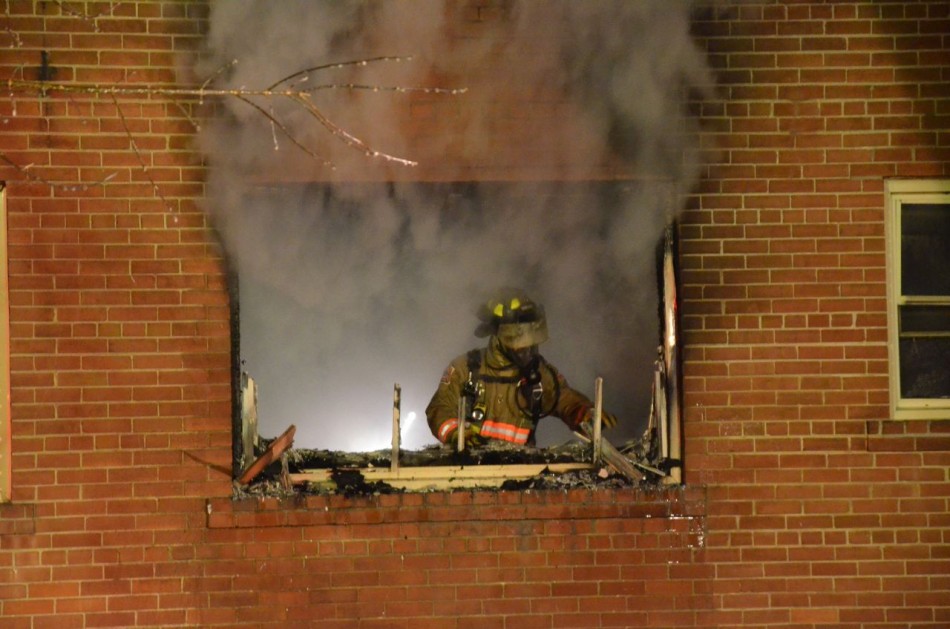
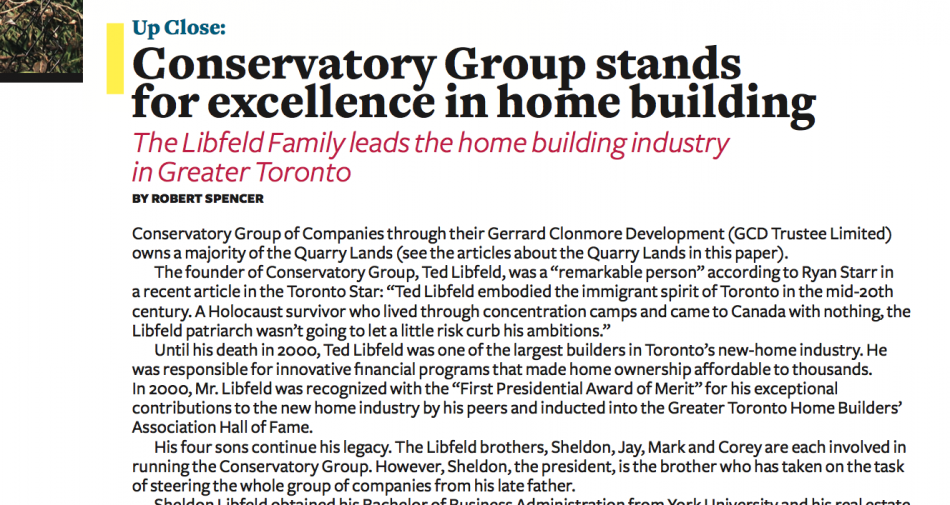
If they end up cutting it down to 25 they need to set up term limits. I am sick of seeing the same people win because their names are recognized. The longer this is drawn out, the better the chance for an incumbent and if the same people keep winning, we all lose.
As far as the subway/LRT debacle, let’s remember the province approved a fully funded, 7 stop LRT that was demolished with the election of Rob Ford and the 2010-2014 council.
Maybe Etobicoke wants the subway pushed further west Toronto is not just about Scarborough
It is the eve of the big court case – thought I would comment on the reasons Councillors Crawford and Holland give for their support of the reduction to 25 councillors.
The reduction, they claim will make the city government more efficient, productive. In their bid for re-election, I am sure both councillors will produce longs lists of accomplishments, local and at City Hall. If they can do this, are circumstances really as dire as they suggest? And respected Toronto Star columnist Royson James notes in a recent article that “Each (council) meeting, hundreds — hundreds — of items are approved.” Besides, a good deal of emphasis by the two local councillors focuses on procedural issues and the need to change governance structures at City Hall – something that has very little, if anything, to do with reducing the number of councillors.
Savings are mentioned. Let’s put this in perspective – we are talking about a suggested $6.25M per year savings in an operating budget (2018) of $11.12B. And, of course, there is “the assumption [by both councillors] … the offices will be amalgamated and that constituency staff will be doubled” according to the article. Understandable, but this is the first significant bite out of any supposed savings.
A “stronger voice for Scarborough” is another reason given by Councillors Crawford and Holland for supporting the reduction. Something that is necessary as “Scarborough’s voice [is challenged] over and over”; with “downtown councillors interfering and intervening… in our wards, out of spite.” Conveniently forgotten is how suburban councillors tried to foist a casino on downtown Toronto, jets at the Island Airport – hardly the way to foster goodwill with others. As for the Scarborough subway extension, it was being criticized as a poor transit decision – it is unfortunate and very divisive that Councillor Crawford chooses to frame this as an attack on Scarborough. Councillor Paul Ainslie opposes the subway option – is he a “downtown” mole?
The phrase “downtown councillors” was used 3 times, inferred once in this article by Councillors Crawford and Holland when providing examples of why they think Council is dysfunctional, divisive. It reminds me of similar comments by Premier Ford, Councillor Jim Karygiannis and Councillor Giorgio Mammoliti with his “There’s going to be less left-leaning politicians in the City of Toronto and that means it’s a great thing and it’s a great day for the taxpayer.” This is the crux of the matter, ultimately why these councillors support the halving of council. I have helped in campaigns, belonged to political parties – you defeat your opponents by hard work, smarts. But this crosses the line, pushes partisanship in a dangerous direction, regardless of how Councillors Crawford and Holland try to rationalize this.